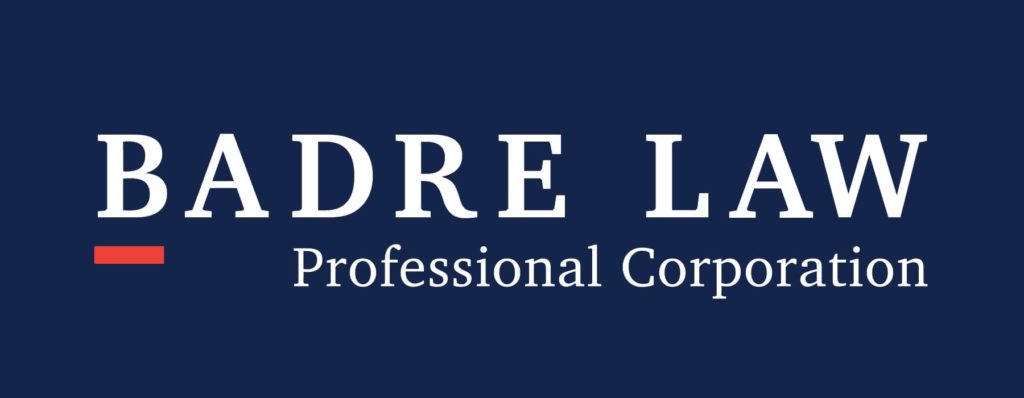Frequently Asked Questions
What is the minor injury guideline for workplaces?
The minor injury guideline for workplaces outlines the types of minor injuries that may occur and the associated treatment funding available to employees. It ensures that individuals receive appropriate care while streamlining the claims process for workplace injuries.
What is the minor injury guideline for schools?
The minor injury guideline for schools refers to the framework that outlines the treatment and funding available for students who sustain minor injuries, ensuring they receive appropriate care and support under the insurance provisions.
Can self-employed individuals get MIG insurance?
Self-employed individuals can indeed obtain MIG insurance. As part of the Statutory Accident Benefits Schedule, they are eligible for treatment funding for minor injuries sustained in accidents, similar to other insured individuals.
What is MIG insurance and how does it work?
MIG insurance refers to the Minor Injury Guideline, which provides a framework for insurance coverage of minor injuries sustained in accidents. It automatically funds treatment for eligible injuries, streamlining the claims process for affected individuals.
Who is eligible for MIG insurance in the US?
Eligibility for MIG insurance in the US typically includes individuals who have sustained minor injuries in automobile accidents, as defined by specific state regulations. These injuries must meet the criteria outlined in the Minor Injury Guideline.
What are the benefits of having MIG insurance?
The benefits of having MIG insurance include automatic access to treatment funding for minor injuries, ensuring timely care without out-of-pocket expenses, and a streamlined process for claims, which can enhance recovery and reduce financial stress after an accident.
What is the application process for MIG insurance?
The application process for MIG insurance involves submitting a claim to your insurance provider following an accident. Ensure you provide all necessary documentation, including medical records, to support your claim for automatic treatment funding under the Minor Injury Guideline.
What are the most common types of minor injuries?
The most common types of minor injuries include sprains, strains, bruises, minor cuts, and whiplash. These injuries are typically covered under the Minor Injury Guideline (MIG) and can often be treated with standard medical care.
Can minor injuries still be debilitating?
Minor injuries can indeed be debilitating. Despite being classified as minor, these injuries can lead to significant pain and limitations in daily activities, affecting an individual's overall quality of life.
What is the minimum income requirement for MIG insurance?
The minimum income requirement for MIG insurance is not explicitly defined; rather, eligibility is determined based on the nature of the injury and the related treatment needs, rather than specific income levels.
Can minor injuries lead to long-term damage?
Minor injuries can indeed lead to long-term damage. While they are often perceived as less serious, some individuals may experience persistent pain or complications that affect their quality of life over time.
Can I get MIG insurance if I have a pre-existing condition?
Having a pre-existing condition does not automatically disqualify you from obtaining MIG insurance. However, the specifics of your condition and its relation to your current injury may affect coverage.
How much does MIG insurance cost per month?
The cost of MIG insurance varies based on several factors, including your insurance provider and coverage options. Typically, it is included in your auto insurance premium, so specific monthly costs can differ widely among individuals.
What types of injuries are covered under MIG?
The types of injuries covered under the Minor Injury Guideline (MIG) include specific minor injuries such as sprains, strains, and certain soft tissue injuries resulting from a motor vehicle accident.
How does MIG insurance affect treatment options?
MIG insurance affects treatment options by limiting coverage to specific types of minor injuries, which means that only certain treatments are funded automatically. This can restrict the variety of care available to those injured under the Minor Injury Guideline.
What documentation is needed for MIG claims?
The documentation needed for MIG claims includes a completed application form, medical records detailing your injuries, and any relevant treatment plans or invoices. This information helps establish your eligibility for automatic treatment funding under the Minor Injury Guideline.
Are there age restrictions for MIG insurance?
Age restrictions for MIG insurance do not exist; individuals of all ages can be covered under the Minor Injury Guideline, provided their injuries meet the criteria outlined in the guideline.
How do I appeal a MIG insurance decision?
To appeal a MIG insurance decision, you must submit a written request to your insurance provider, outlining your reasons for the appeal and including any supporting documents. Ensure you adhere to the deadlines specified in your policy.
What is the process for disputing minor injury claims?
The process for disputing minor injury claims involves reviewing the insurer's decision, gathering supporting medical documentation, and formally submitting a dispute through a written request or appeal. If unresolved, legal action may be pursued with the assistance of a personal injury lawyer.
How long does MIG insurance coverage last?
The duration of MIG insurance coverage typically lasts for up to 12 weeks from the date of the accident. However, this can vary based on the specifics of the case and the treatment required.
What are common misconceptions about MIG insurance?
Common misconceptions about MIG insurance include the belief that all injuries are covered and that treatment funding is unlimited. In reality, the MIG applies specifically to minor injuries, which have defined limits on treatment funding and eligibility.
Can I switch MIG insurance providers easily?
Switching MIG insurance providers can be done, but it may involve specific processes and requirements. It's advisable to review your current policy and consult with a legal professional to ensure a smooth transition.
What factors influence MIG insurance premiums?
The factors that influence MIG insurance premiums include the insured individual's driving history, the type of vehicle, the location of residence, and the overall risk assessment performed by the insurance provider.
How does MIG insurance handle rehabilitation costs?
MIG insurance provides automatic funding for rehabilitation costs associated with minor injuries, covering essential treatments up to a specified limit. This ensures that individuals receive necessary care without the burden of upfront expenses.
What should I do if my MIG claim is denied?
If your MIG claim is denied, you should first review the denial letter for specific reasons. Then, gather supporting documents and consider appealing the decision or consulting with a personal injury lawyer for guidance on your rights and options.
Are there specific deadlines for filing MIG claims?
Specific deadlines do exist for filing MIG claims. Generally, you must submit your claim within seven days of the accident to ensure eligibility for treatment funding and benefits under the Minor Injury Guideline.
How can I maximize my MIG insurance benefits?
Maximizing your MIG insurance benefits involves understanding your coverage, documenting your injuries and treatments thoroughly, and seeking timely medical care. Additionally, consider consulting with a personal injury lawyer to navigate disputes with insurance companies effectively.
What role do lawyers play in MIG claims?
The role of lawyers in MIG claims is crucial. They provide legal guidance, help navigate the complexities of the claims process, ensure proper categorization of injuries, and advocate for fair compensation on behalf of their clients.
What are the consequences of misreporting injuries?
The consequences of misreporting injuries can be significant, including denial of insurance claims, legal penalties, and potential harm to your credibility in future claims. Accurate reporting is essential for receiving appropriate treatment and benefits.
How does MIG insurance differ from traditional health insurance?
The difference between MIG insurance and traditional health insurance lies in their coverage scope. MIG insurance specifically addresses minor injuries from accidents, offering automatic treatment funding, while traditional health insurance covers a broader range of medical services and conditions.


